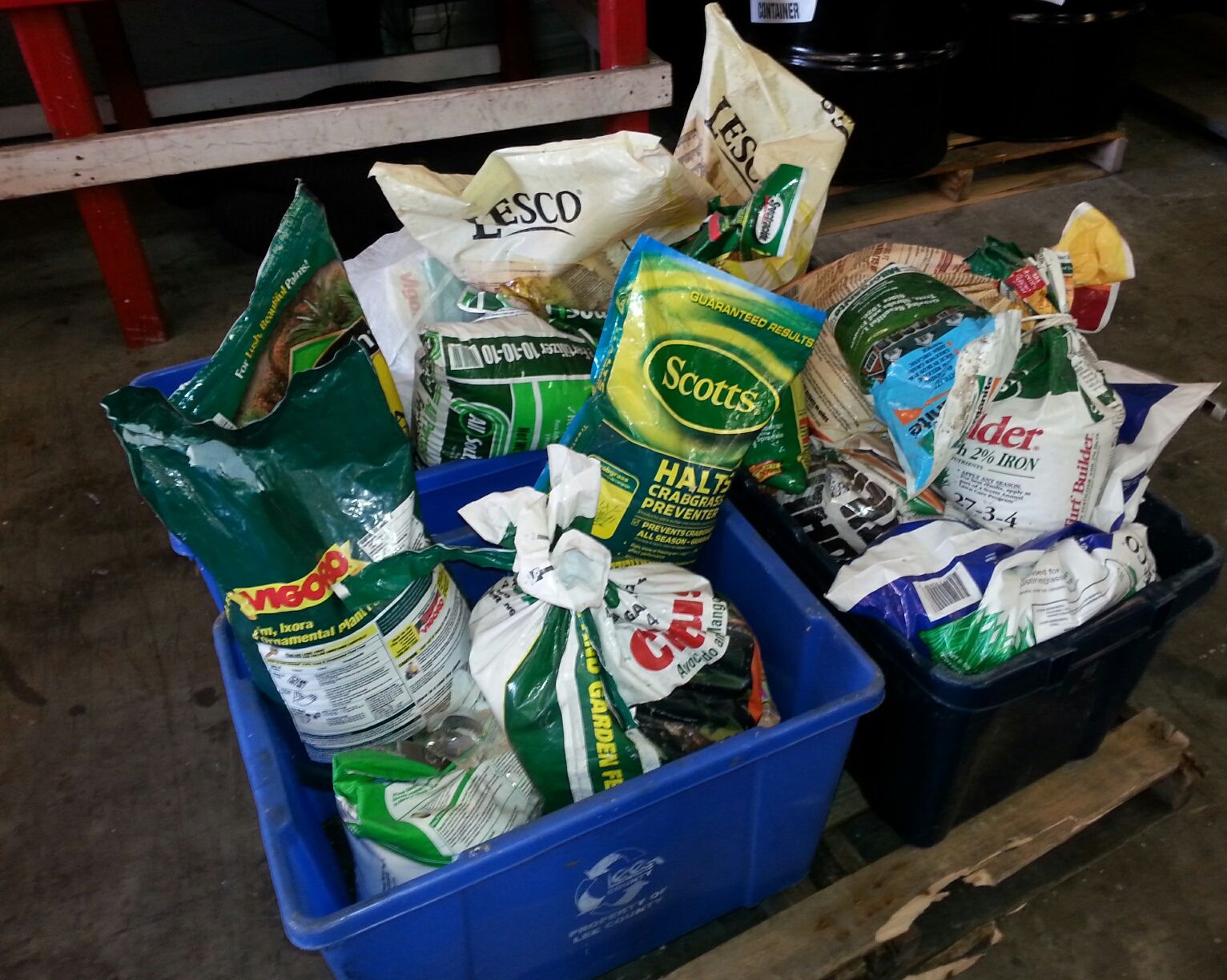Proper disposal of toxic waste is imperative for protecting public health and preserving the environment. Whether you’re involved in an industry that produces hazardous materials or simply a homeowner with potentially dangerous waste from cleaning products or electronics, understanding the correct disposal methods is crucial. This article will provide a comprehensive guide on how to dispose of toxic waste safely and responsibly.
Understanding Toxic Waste
Toxic waste includes any gaseous, liquid, or solid materials that can potentially harm humans, animals, or the environment. Common examples include industrial chemicals, paints, cleaning solvents, certain batteries, and electronic components. Proper handling and disposal of these materials is not just a suggestion, but a legal requirement in many areas.
Steps for Safe Disposal of Toxic Waste
- Identify the Toxic Material: Accurately identifying the type of waste you’re dealing with is the first step. This will determine the disposal method. Check labels or Material Safety Data Sheets for guidance.
- Segregate the Waste: Keep toxic materials separated from other waste to avoid contamination.
- Use Proper Containers: Ensure that the waste is stored in appropriate containers, which should be labeled and leak-proof.
- Choose the Right Disposal Method: Depending on the type of waste, it may need to be treated, neutralized, or transported to a specialized facility.
- Recycling and Repurposing: Whenever possible, consider recycling or repurposing waste. Many electronic wastes, oils, and batteries can be processed and reused.
- Consult Safety Guidelines: Always consult local regulations and guidelines when disposing of toxic waste to ensure compliance with all legal requirements.
Disposal Facilities and Services
Identifying the right facility is critical for the disposal of hazardous waste. Facilities must have the proper permitting and adherence to environmental standards to manage different types of hazardous wastes. Consider consulting your local waste management authority for a list of licensed disposal facilities.
Table of Disposal Options for Common Toxic Products
| Type of Waste | Disposal Method | Facility Type |
|---|---|---|
| Paint | Recycle or hazardous waste drop-off | Community recycling center |
| Batteries | Take-back programs or specific recycling | Battery specialist facilities |
| Electronics | E-waste recycling program | Certified e-waste recyclers |
| Medications | Drug take-back programs | Pharmacies or designated police stations |
Waste Minimization Practices
In addition to proper disposal methods, minimizing the generation of toxic waste is equally important. Businesses, especially those within industries that produce significant waste, should implement waste minimization programs. These might include improving process efficiency, substituting hazardous materials with less hazardous ones, and training employees on waste reduction strategies.
Conclusion
Properly disposing of toxic waste is a significant responsibility and requires careful planning and adherence to regulations. By following the guidelines outlined above, you can ensure that your disposal practices protect the natural environment and comply with all health and safety standards. Not only does proper disposal prevent pollution and harm to the ecosystem, but it also fosters a healthier, safer future for everyone.
For assistance with hazardous waste management, reach out to local environmental agencies or consult professionals who specialize in toxic waste disposal to ensure that all procedures are conducted safely and legally.
Act now to make a difference in your community by fostering responsible disposal practices. Let’s work together to make our world safer and cleaner!


